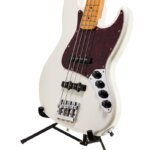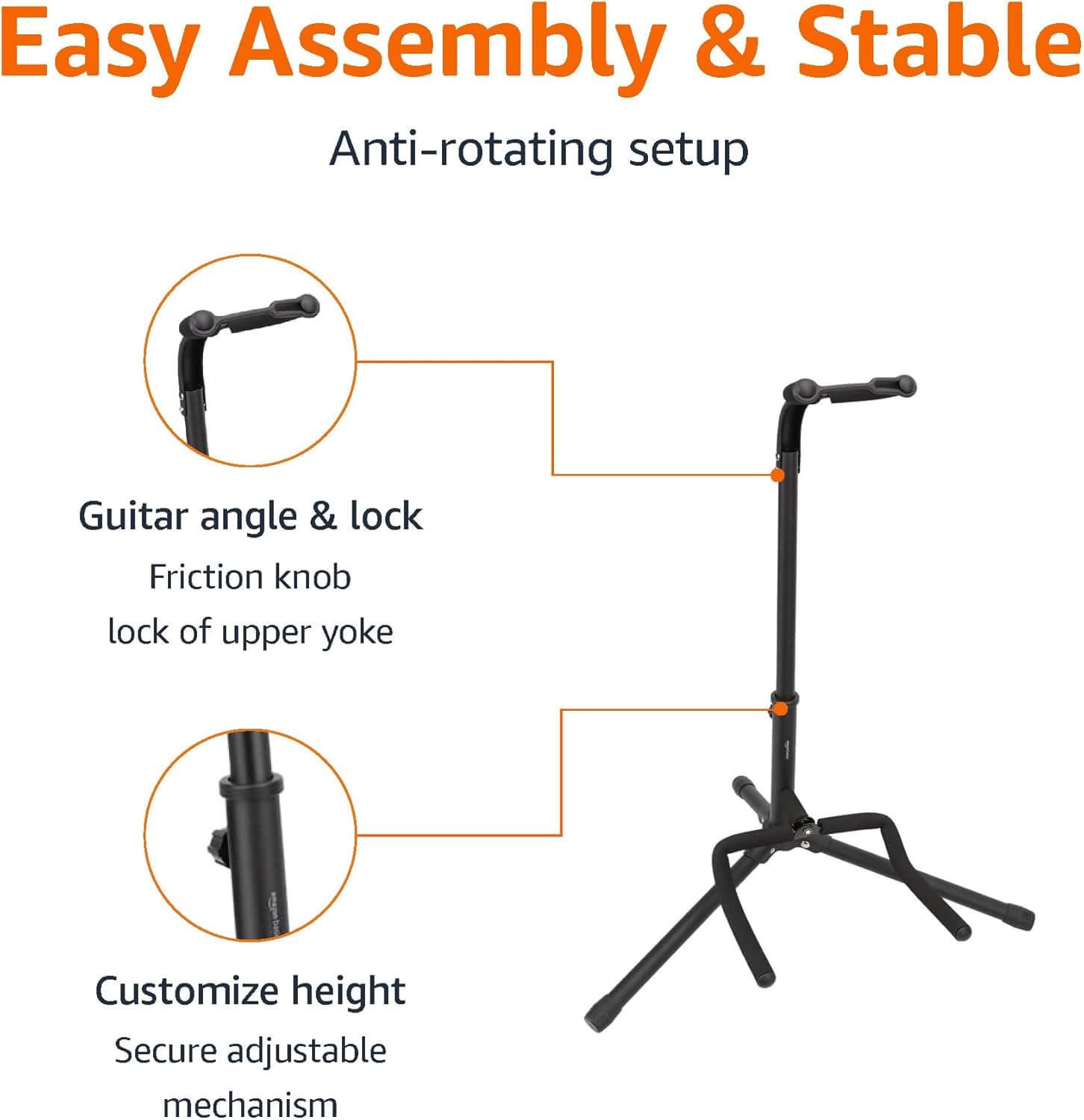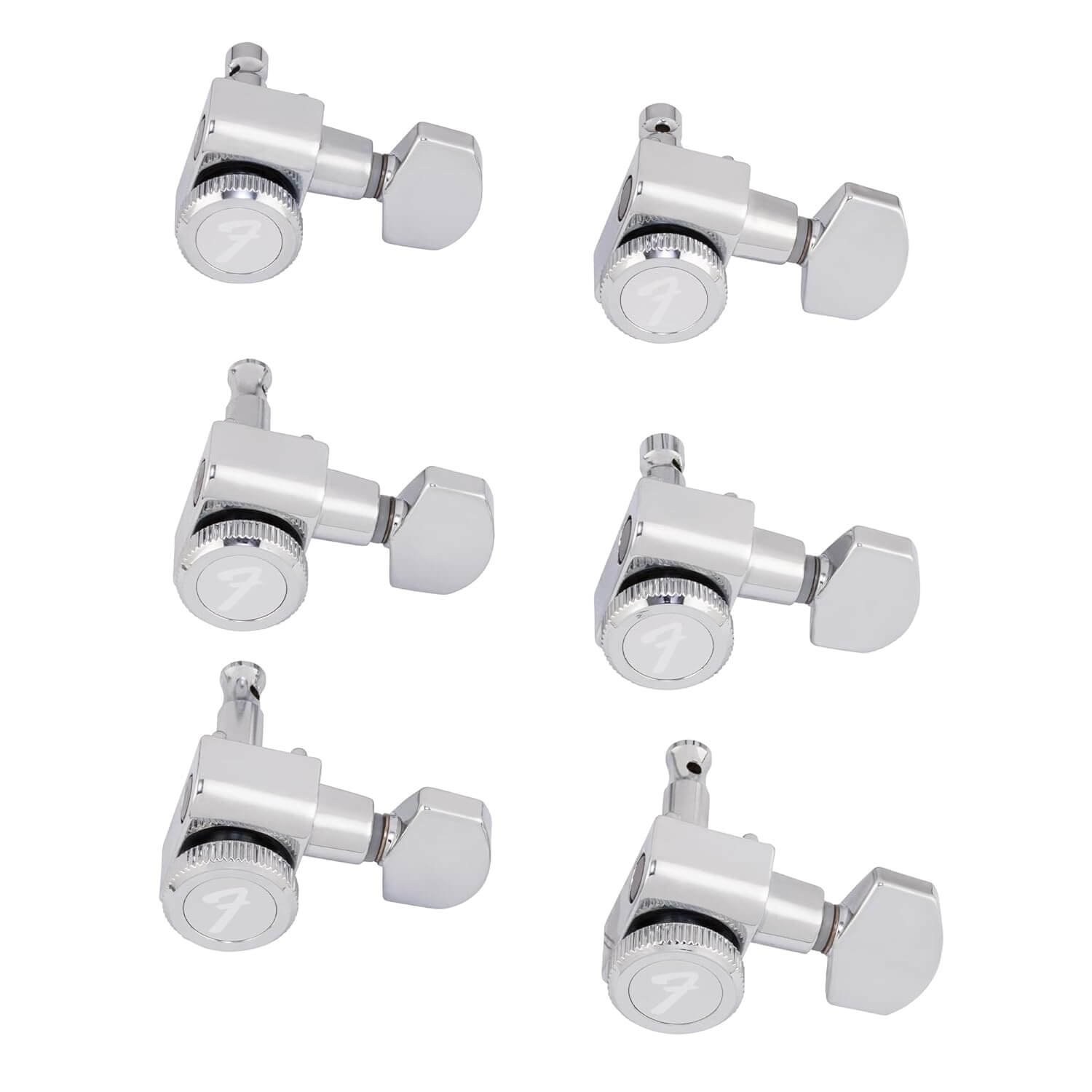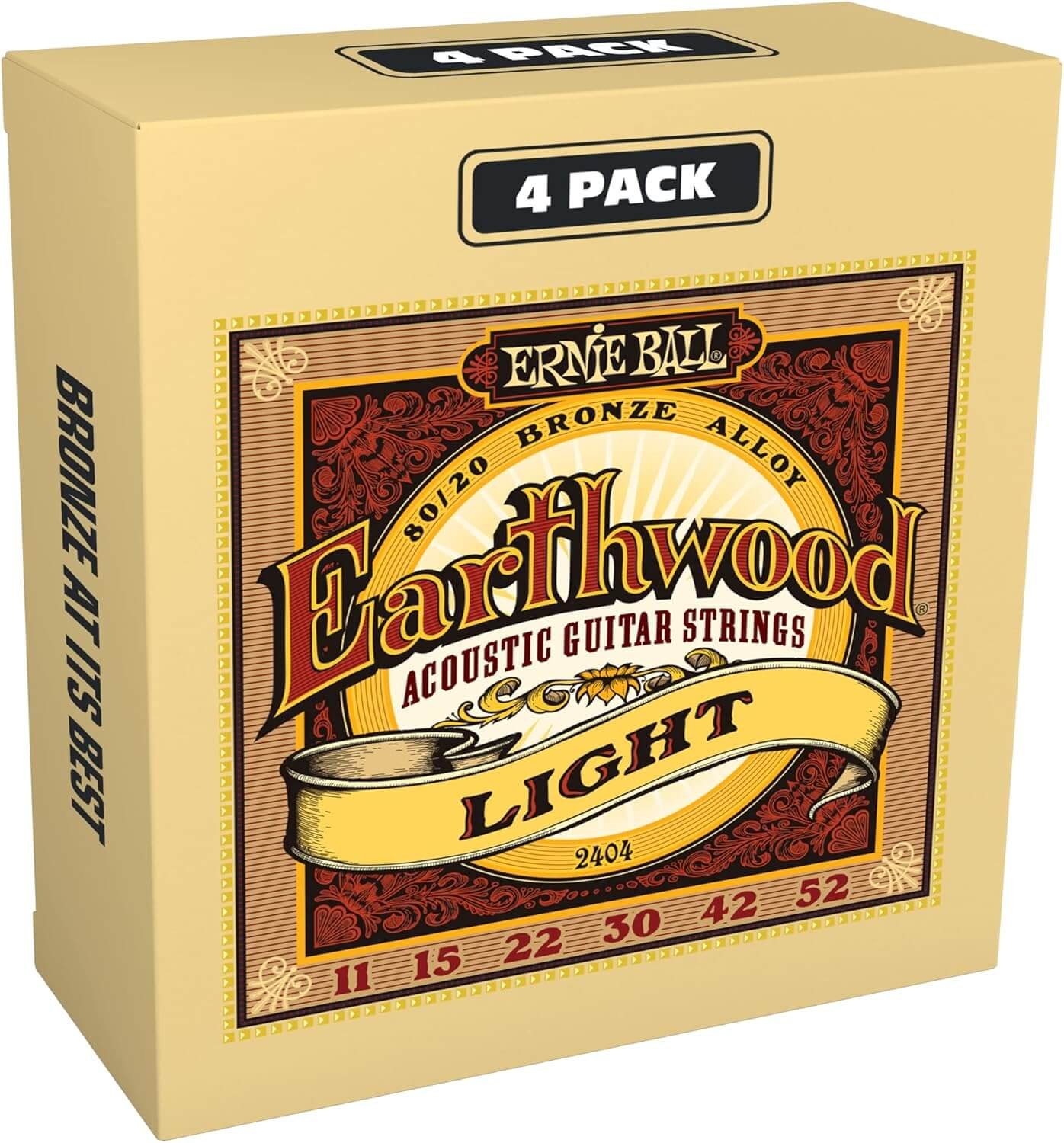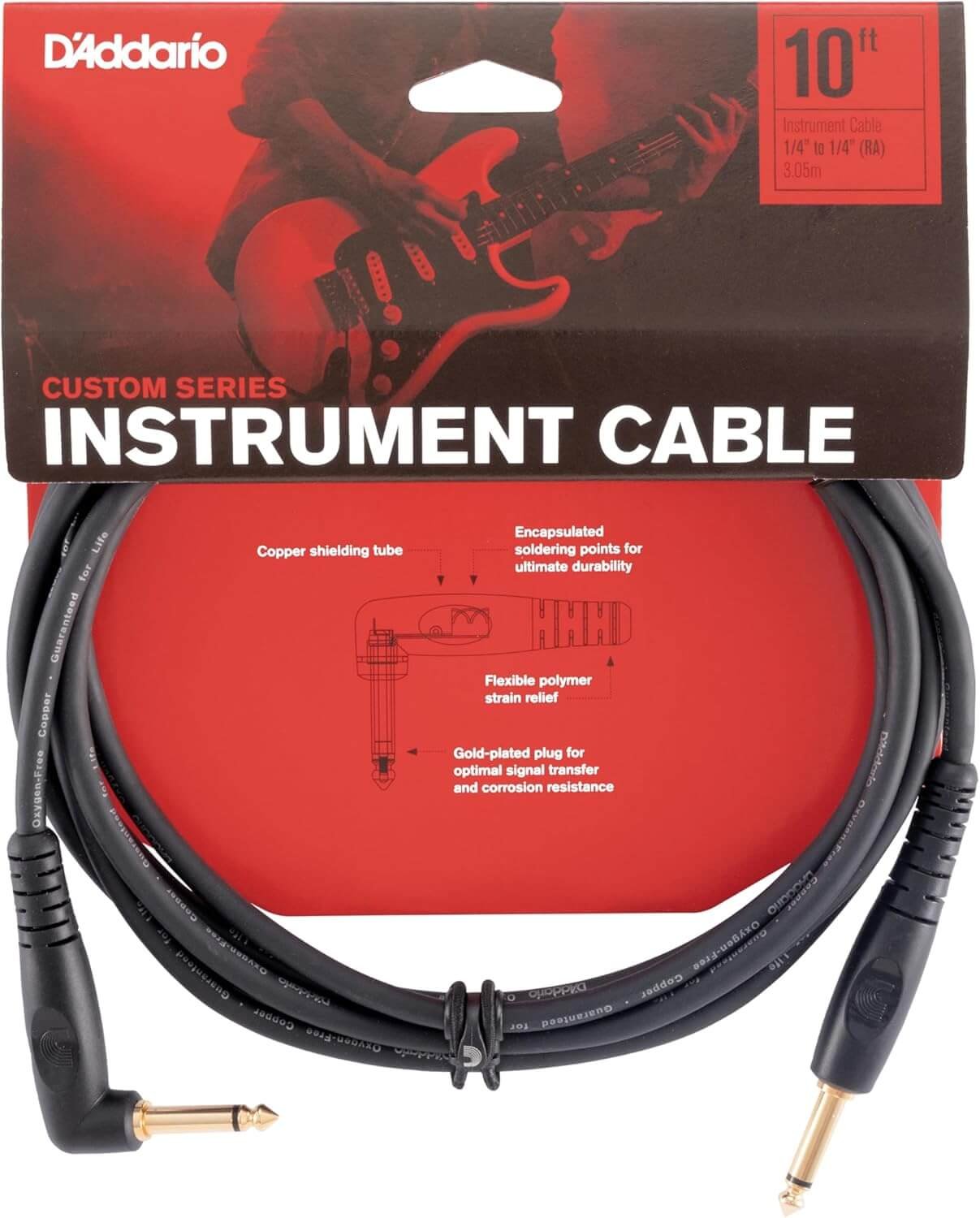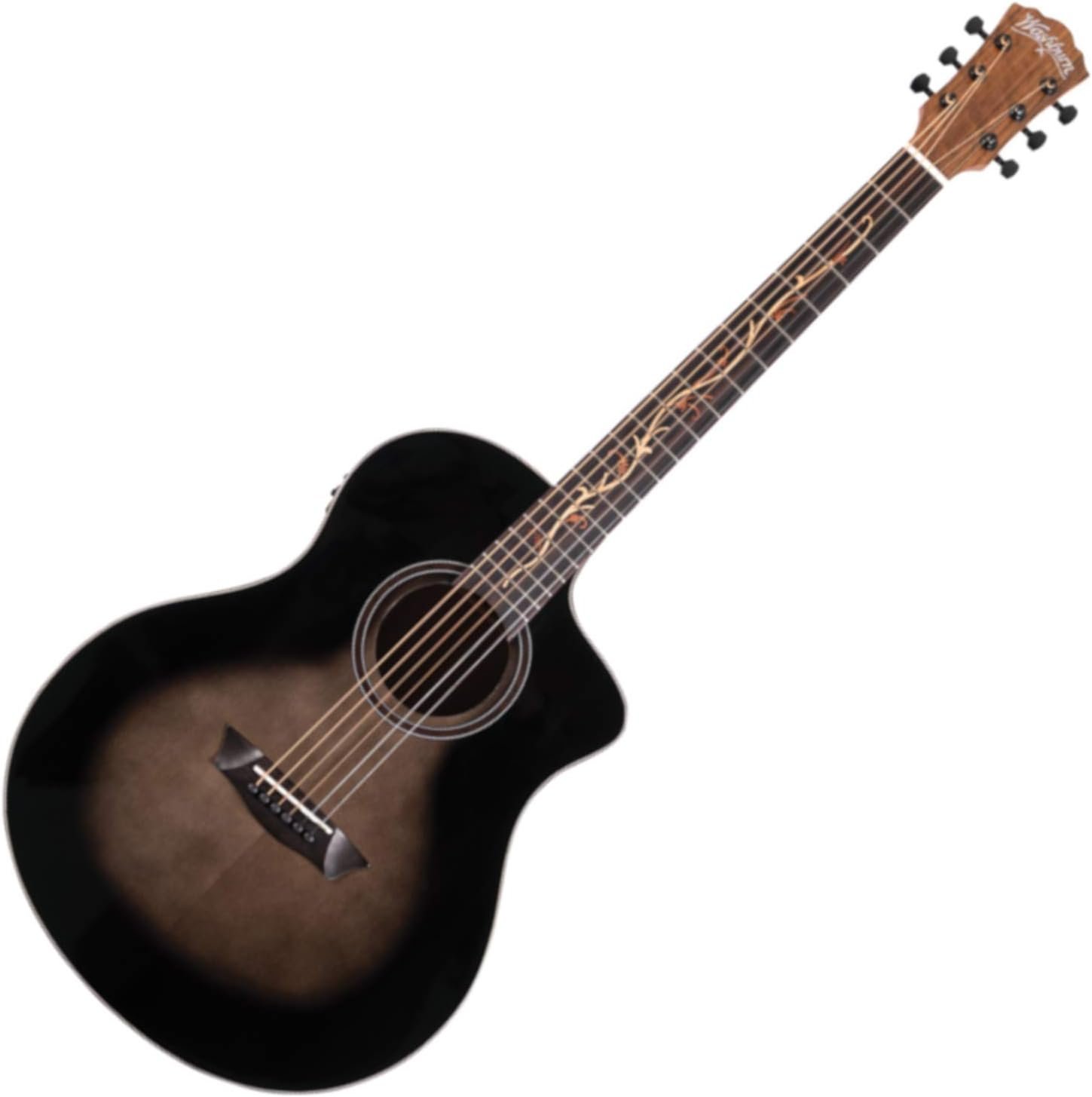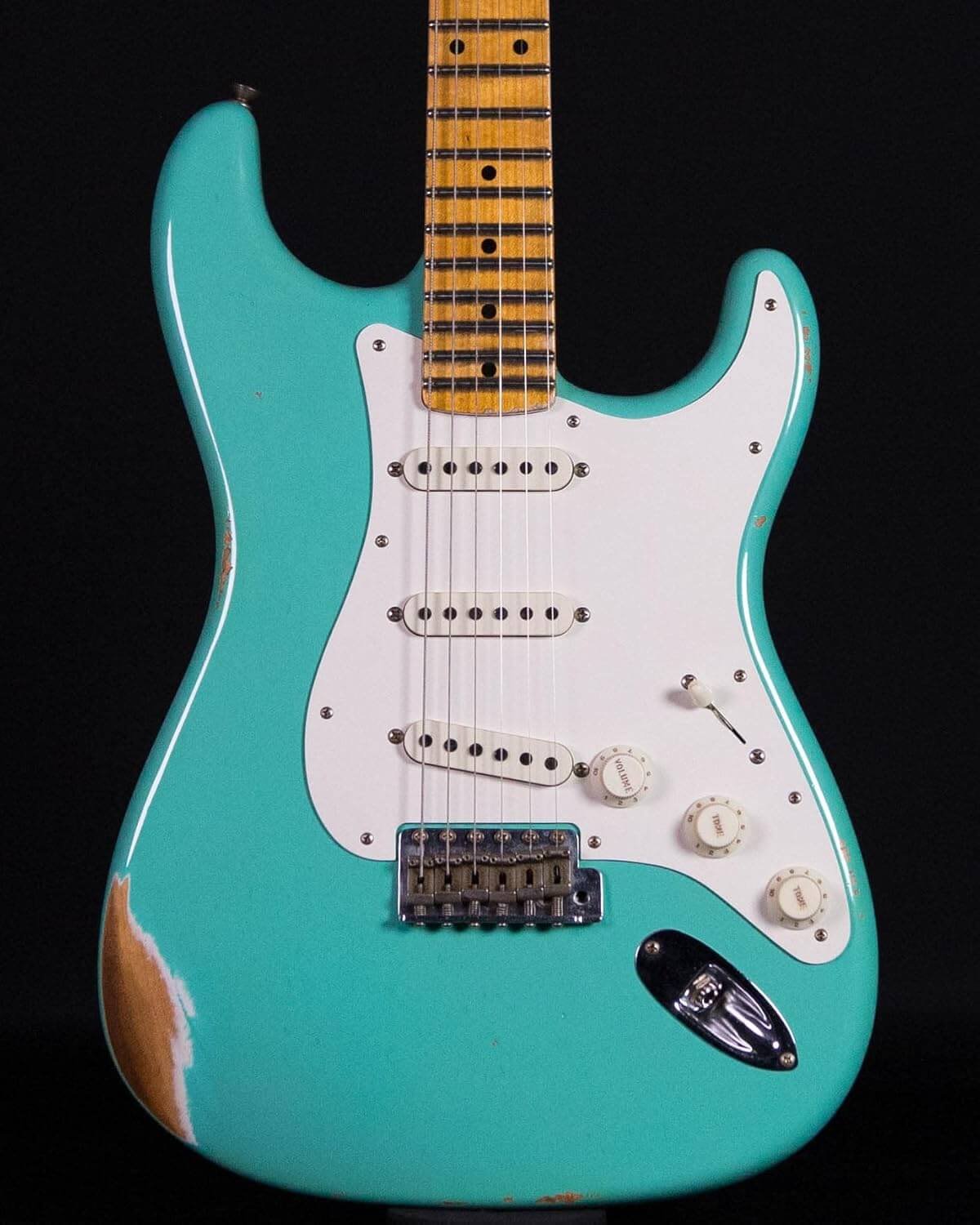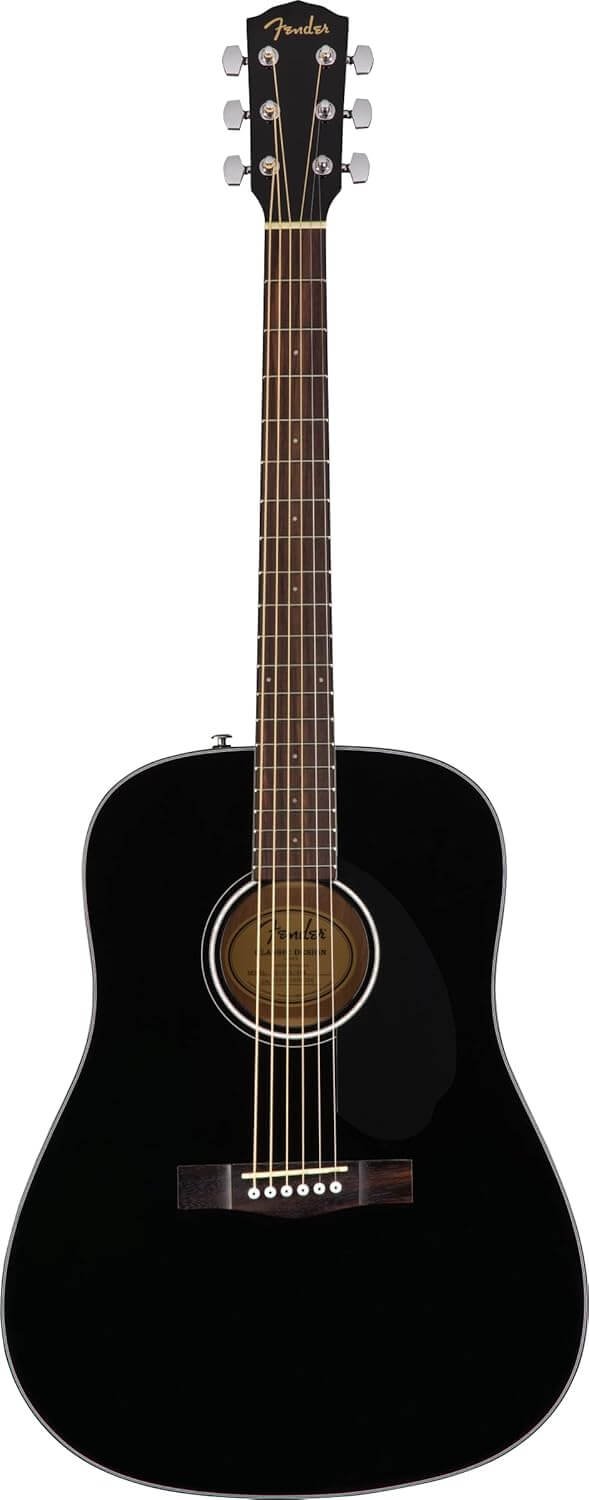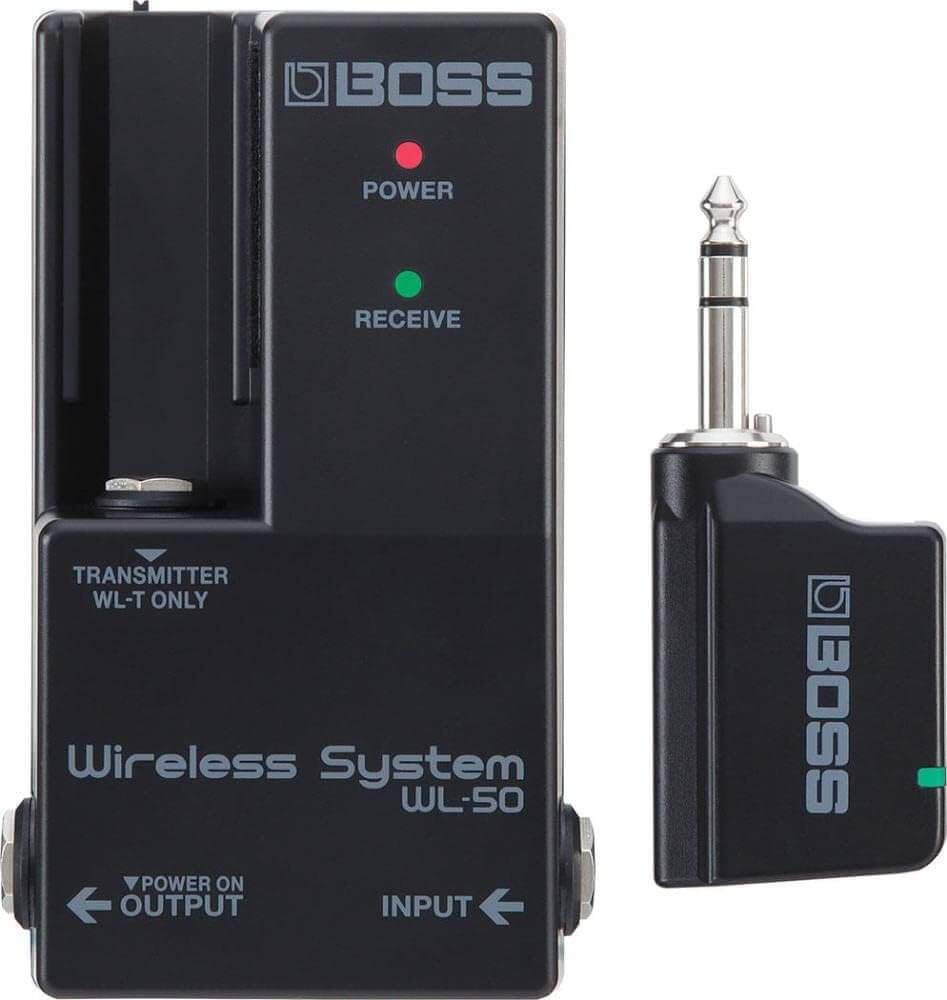Introduction to Moog Messenger
The Moog Messenger Monophonic Analog Synthesizer represents a significant advancement in the world of music technology, echoing the legacy of Moog Music in creating instruments that resonate with musicians and producers alike. Known for its distinctive sound and craftsmanship, this synthesizer encapsulates the essence of analog synthesis while providing modern features that appeal to both seasoned artists and newcomers. Its monophonic design underscores its specialty in creating rich, solo melodic lines, a characteristic that sets it apart from polyphonic synthesizers that allow for multiple notes to be played simultaneously.
One of the prominent features of the Moog Messenger is its 32-key keyboard, which offers ample range for both performance and composition. The keys are meticulously designed to facilitate expressive playing, a crucial aspect for musicians who thrive on nuance in their sound. The instrument is equipped with various controls that empower users to shape their sound, ensuring effective manipulation of oscillators, filters, and envelopes. This capability makes the Moog Messenger a versatile tool in the studio or on stage, suited for a plethora of musical genres, from electronic to experimental and beyond.
In a landscape filled with digital synthesizers, the Moog Messenger stands firm in its commitment to analog technology. The rich harmonic content produced by its circuits offers a warmth and depth that many electronic musicians seek. This synthesizer is not just an instrument; it is a means of self-expression, through which artists can unleash their creativity. Understanding the Moog Messenger Monophonic Analog Synthesizer’s unique attributes helps to appreciate its role in today’s music industry, positioning it as a cherished tool for sound exploration.
Key Features of the Moog Messenger
The Moog Messenger monophonic analog synthesizer stands out in the realm of music production equipment, boasting a range of features tailored for both novice and experienced musicians. Central to its functionality is the 32-key keyboard, which offers a comfortable playing experience while enabling expressive performance. The keys are velocity-sensitive, allowing for dynamic control over the sound, thereby enriching musical phrases with nuanced tonal variations.
At the heart of the Moog Messenger’s sound is its innovative sound engine. This synthesizer employs classic analog synthesis techniques, delivering warmth and richness that digital synthesizers often struggle to replicate. With a powerful oscillator section, users can create a broad spectrum of sounds, from deep bass lines to soaring leads. The ability to detune multiple oscillators provides further versatility, allowing for complex soundscapes that can fit various genres.
In addition to its impressive oscillators, the Moog Messenger features extensive modulation options. With multiple LFOs (low-frequency oscillators) and envelopes available, musicians can easily modulate parameters like pitch, filter cutoff, and amplitude. This extensive modulation potential empowers users to experiment and refine their sound, making the synthesizer suitable for a wide range of musical styles.
Connectivity is yet another highlight of the Moog Messenger monophonic analog synthesizer. It includes MIDI input and output ports, which facilitate seamless integration with other MIDI-compatible devices, such as keyboards and computers. Additionally, the synthesizer features audio outputs that allow for easy connection to mixers or audio interfaces, enhancing its usability in both live performance and studio settings.
Overall, the Moog Messenger provides a comprehensive suite of features that cater to various musical needs, establishing it as a valuable tool for anyone seeking to explore the depths of analog synthesis.
Sound Design Capabilities
The Moog Messenger monophonic analog synthesizer is renowned for its extensive sound design capabilities, allowing users to explore a wide spectrum of sonic possibilities. At the core of its design are multiple oscillators that provide rich waveforms, making it possible to generate sounds ranging from profound bass tones to bright, cutting leads. The versatility of the oscillators ensures that you can explore various sound textures, including the classic Moog sawtooth and square waves.
One of the striking features of the Moog Messenger is its powerful filter section. The synthesizer is equipped with a state-variable filter that offers a range of cutoff frequencies and resonance parameters. This opens up opportunities for shaping sounds dynamically, enabling users to create everything from thumping bass lines to ethereal pads. By manipulating filter settings, sound designers can achieve that distinctive warm and punchy character often associated with analog synthesizers.
Additionally, the envelope generator plays a crucial role in sound design on the Moog Messenger. It allows for precise control over how sounds evolve over time. With options for attack and decay, users can craft sounds that swell gently or snap sharply. Whether you are crafting plucky leads or dreamy ambient textures, the envelope generator enhances the expressiveness of each sound created.
To illustrate these capabilities, consider creating a deep sub-bass patch by utilizing the sine wave from the oscillator alongside a low-pass filter set to a low cutoff frequency. For a lead sound, use a square wave with a quick attack and a bright resonance. Experimenting with modulation sources can further enrich sound creation, leading to complex and evolving textures. The Moog Messenger monophonic analog synthesizer thus serves as an essential tool for both novice and experienced sound designers, encouraging exploration and creativity in their music-making processes.
User Interface and Usability
The Moog Messenger Monophonic Analog Synthesizer is designed with a user-centric interface that emphasizes both accessibility and functionality. The layout of its knobs, sliders, and buttons is intuitively organized, ensuring that users, regardless of their experience level, can navigate its features with ease. Each control is strategically placed, allowing for a seamless interaction that enhances the overall user experience. Beginners will find the synthesizer approachable, while seasoned musicians will appreciate the depth it offers for more advanced sound manipulation.
One of the standout features of the Moog Messenger is its tactile feedback. The knobs are robust and provide a satisfying resistance, which contributes to precise adjustments. This is particularly important for sound designers who rely on subtle tweaks to achieve their desired tonal characteristics. Additionally, the presence of dedicated sliders for critical parameters allows users to visualize changes in real time, streamlining the workflow. The synthesizer also features a logical layout that minimizes the learning curve, making it easier for musicians to create and implement their own unique sounds quickly.
Furthermore, the Moog Messenger boasts thoughtful ergonomic features. The angled design of the panel improves visibility of the controls while standing or sitting, thus facilitating a more comfortable playing experience during extended sessions. Users can also expect smooth transitions between different modulation sources, which adds to the synthesizer’s versatility. Moreover, the incorporation of MIDI capabilities opens new avenues for integration with various other instruments and production environments, enhancing usability for both live performances and studio applications. In conclusion, the thoughtful design of the Moog Messenger Monophonic Analog Synthesizer ensures that its user interface and overall usability are optimized for creativity and expression, catering to a diverse array of users.
Live Performance and Studio Use
The Moog Messenger Monophonic Analog Synthesizer has carved a niche for itself in both live performance and studio settings, making it a preferred choice for musicians who seek versatility and reliability. Its compact design and lightweight construction ensure that it is portable, allowing artists to easily transport it to gigs or recording sessions. This portability does not compromise its rich sound and functionality, which stand out in various musical contexts.
One of the key features that make the Moog Messenger particularly advantageous during live performances is its intuitive layout, facilitating quick adjustments. Musicians can swiftly manipulate parameters, creating unique sounds on the fly. This responsiveness is vital during dynamic performances, where real-time changes can enhance the audience’s experience. Furthermore, its capability to seamlessly integrate with other equipment and software allows artists to expand their sonic palette, making it an excellent tool for modern music production and live setups.
Real-life testimonials from users highlight the Moog Messenger’s strong performance across diverse genres. For instance, a prominent electronic musician shared their experience of using the synthesizer in a live set, noting how its deep bass and expressive modulation added depth to their music, captivating the audience. Similarly, studio producers have praised its analog warmth, which complements digital sounds, creating a rich textural experience in recordings. The versatility exhibited by the Moog Messenger Monophonic Analog Synthesizer is not just theoretical; rather, it is evidenced by the satisfaction of countless musicians who rely on its reliability and sound quality in various settings.
As artists continue to seek instruments that enhance their creative expression, the Moog Messenger stands out as a trusted companion, capable of delivering impressive results whether on stage or in the studio.
Comparison with Other Synthesizers
The synthesizer market is replete with options, and when evaluating the Moog Messenger Monophonic Analog Synthesizer, it’s essential to consider how it measures up against its competitors. The Moog Messenger is positioned in a competitive price range, typically falling below many high-end synthesizers like the Moog Subsequent 37 and the Korg Prologue, which might appeal to more experienced musicians but come at a higher price point. In contrast, the Moog Messenger offers a more accessible entry for novice users without compromising on sound quality.
When it comes to features, the Moog Messenger stands out with its user-friendly interface and versatile modulation capabilities. This synthesizer includes a 32-key responsive keyboard, promising an intuitive playing experience. Comparatively, other similar keyboards—such as the Arturia Minibrute 2—offer robust options but may require a steeper learning curve for users. The design of the Moog Messenger focuses on simplicity while delivering powerful sonic capabilities, which could be beneficial for both beginners and seasoned musicians alike.
Sound quality is another critical factor in this comparison. The Moog Messenger is known for its rich, warm analog tones, characteristic of Moog’s legacy. While other competitors may provide more advanced digital features or patch options, the pure analog sound produced by the Messenger can often outweigh the complexity of digital counterparts like the Novation Bass Station III. User reviews for the Moog Messenger emphasize its ability to deliver professional-grade sounds that are highly regarded for live performances as well as studio production.
In conclusion, the Moog Messenger Monophonic Analog Synthesizer distinguishes itself through a competitive price point, user-friendly interface, and exceptional sound quality. When compared to other synthesizers in its class, it offers a compelling combination of features and performance that can enhance any musician’s toolkit.
Pricing and Availability
The Moog Messenger Monophonic Analog Synthesizer is a coveted piece of equipment for musicians and sound designers alike. Priced competitively within the realm of analog synthesizers, the Moog Messenger typically retails around $499. However, prices can fluctuate based on promotions or seasonal sales, providing potential buyers the opportunity to acquire this exceptional instrument at a reduced rate. Additionally, some retailers may offer bundle deals that include essential accessories, such as a protective case or cables, enhancing the overall value of the purchase.
In terms of availability, the Moog Messenger is widely distributed across several platforms, making it accessible to a broader audience. Major retailers, both online and physical stores, often have the Moog Messenger in stock. Websites such as Sweetwater, Guitar Center, and the official Moog Music online store frequently list the synthesizer and have dedicated sections detailing current inventory status. It is advisable for potential purchasers to keep a lookout for availability updates, as supply can vary due to demand fluctuations.
Furthermore, those interested in acquiring the synthesizer may also explore options for purchasing second-hand models through platforms like Reverb or eBay. These marketplaces can provide opportunities for significant savings; however, it is crucial to ensure that the instrument is in good working condition and preferably comes with its original packaging or warranty. Speaking of warranties, new purchases of the Moog Messenger Monophonic Analog Synthesizer typically include a one-year manufacturer’s warranty, offering additional peace of mind for buyers. Overall, whether considering a brand-new unit or a second-hand alternative, exploring multiple purchasing options is recommended for securing the best deal on this respected synthesis tool.
Tips for Getting Started
For new users delving into the world of the Moog Messenger monophonic analog synthesizer, it is essential to familiarize yourself with its unique features and capabilities. Here are some practical tips that can enhance your experience and help you make the most of this powerful instrument.
First, start by exploring the various presets available on the Moog Messenger. Each preset is designed to demonstrate the synth’s potential. Experiment with the sliders, knobs, and modulations to understand how each component affects the sound. This hands-on approach will help you develop an intuitive grasp of the synthesizer’s architecture and how to create your own sounds from scratch.
Next, focus on a few essential settings that can enhance your sound creation process. For example, experiment with the oscillator settings adjusting the frequency and wave shape can create a wide range of tones, from rich bass to ethereal leads. Use the filter to sculpt your sound further; setting it to a low-pass mode while tweaking the resonance can yield classic analog tones associated with the Moog brand.
Beginner-friendly patches are also available, which can serve as a great starting point. These patches often include classic sounds that highlight the capabilities of the Moog Messenger monophonic analog synthesizer. You may also want to look into online resources, including video tutorials, forums, and user communities. Websites dedicated to synthesizers often have sections for beginner users, where individuals share their experiences, tips, and tricks for navigating their journey with equipment like the Messenger.
Lastly, remember that practice makes perfect. Set aside time each week to explore and experiment with your Moog Messenger. This deliberate practice will help you enhance your proficiency and unlock the full potential of this analog synthesizer.
Conclusion and Final Thoughts
In summary, the Moog Messenger Monophonic Analog Synthesizer stands out in a crowded field of musical instruments due to its distinctive characteristics and high-quality performance. This synthesizer not only embodies the rich legacy of Moog’s analog craftsmanship but also introduces innovative features that cater to both seasoned musicians and newcomers alike. Its 32-key layout facilitates a comfortable playing experience, enabling users to explore a wide range of sonic possibilities with ease and precision.
The rich timbres produced by the Moog Messenger further enhance its appeal, allowing for a variety of applications from live performances to studio recordings. The instrument’s intuitive interface invites creativity, ensuring that users can efficiently manipulate parameters and create unique sounds that resonate with their artistic vision. Additionally, the sturdy build and thoughtful design reinforce its status as a reliable tool for any music enthusiast.
Investing in the Moog Messenger Monophonic Analog Synthesizer could prove beneficial for individuals seeking to expand their musical capabilities or enhance their existing setups. Its capability to deliver authentic analog sounds makes it a worthwhile addition to any synthesizer collection. For those passionate about music production, this synthesizer not only serves as a practical instrument but also as a source of inspiration, encouraging exploration and experimentation.
We invite readers to share their own experiences and insights regarding the Moog Messenger synthesizer. Your perspectives can foster meaningful conversations and connections within the music community, helping others to better understand the impact and benefits of this remarkable instrument.


